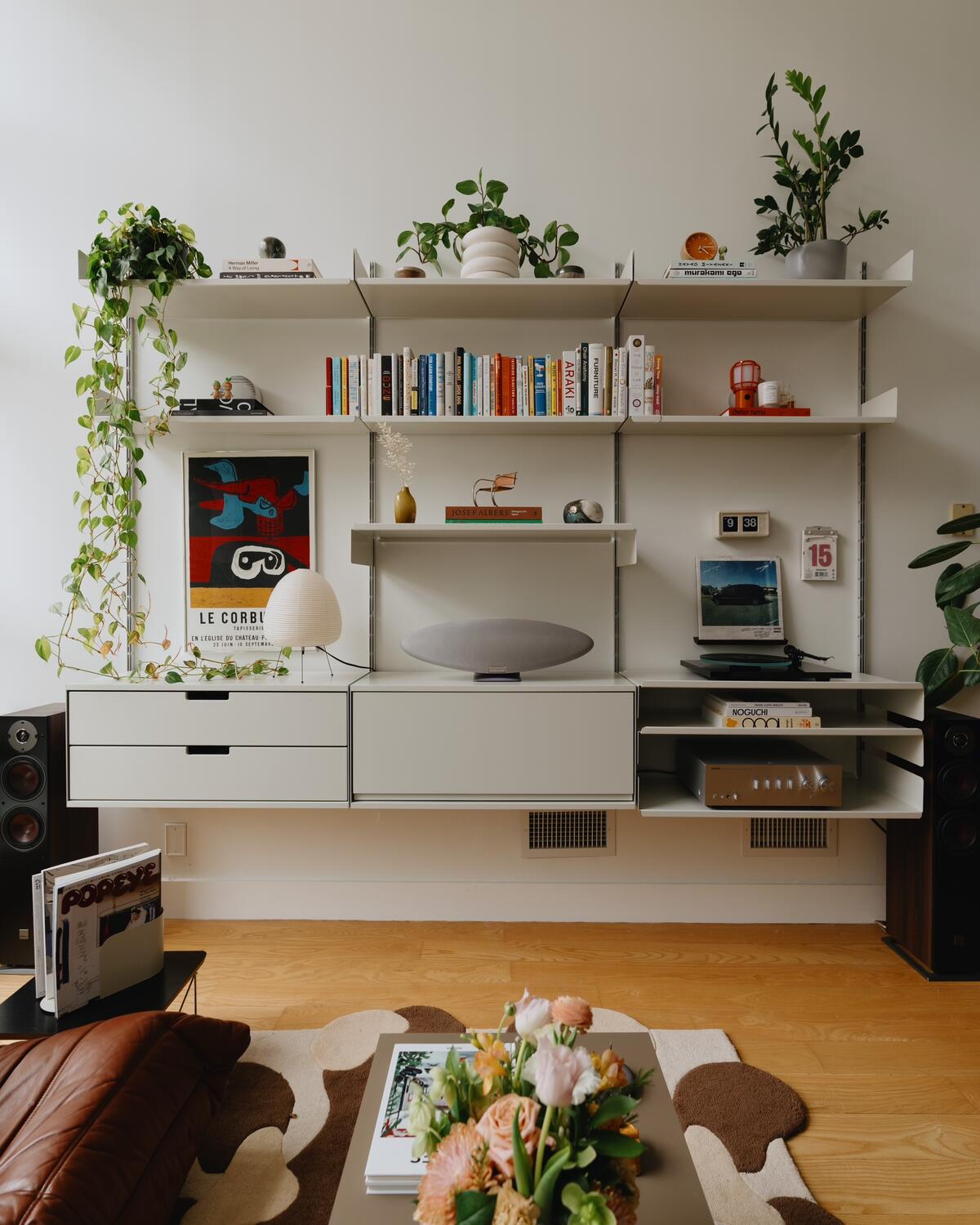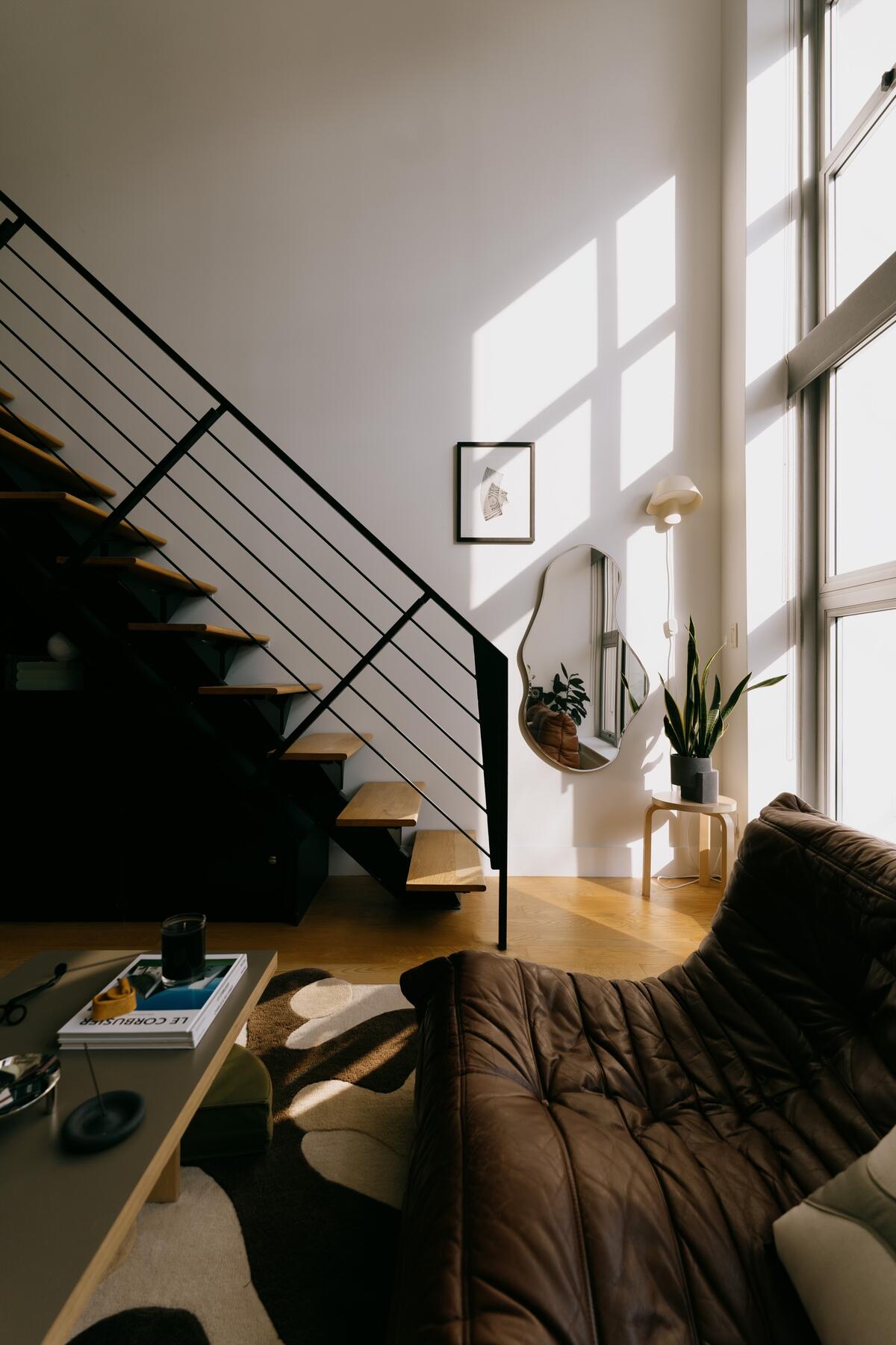In Ask an Influencer, Business of Home explores the creator economy. This week, we spoke with content creator Ed Ngai.
On TikTok, it’s safe to say that Ed Ngai has become the unofficial ambassador for a generation that’s quickly cultivating an appreciation for high-end furniture and decor. A scroll through his videos offers an introductory guide to a side of the design industry that rarely makes it to the masses—trips to Milan Design Week and the Vitra Design Museum, explainers on postmodernism and the “streetwear to home decor pipeline”—all distilled down to Gen Z–friendly messaging (his most popular video to date opens with the line: “Why would you want furniture from a century that was mid?”).

According to Ngai, it all began with the Saturdays he spent as a kid working alongside his parents, who owned a print shop in San Francisco. “There’s this through line in being very thoughtful about design throughout my life,” he says. “I think being exposed [early on] to some form of design was the start of the whole journey.”
The creative dabbled in photography and videography in high school, then studied engineering and design in college before graduating with a job designing mobile apps for tech companies. After moving into his first apartment, interiors became the natural next step in his design progression, and he began creating vlogs for TikTok as he learned about different furniture pieces and styles.
He posted his first clip on TikTok in January 2022. A little more than a year—and countless viral videos—later, he quit his corporate job and went all in on creating content full-time. Since then, he has cultivated an audience of 133,700 TikTok followers and 76,100 on Instagram, and launched the home goods brand Nigh Collective.
Ahead, he shares why he decided to elevate his tech setup, why he’s stepping away from algorithm-friendly content this year, and how social media has served as a launch pad for his brand.
Tech Level-Up
For the first two years of his social media journey, Ngai shot and edited all content on his iPhone. It got the job done, but the end product didn’t differ much from what other creators were putting out there. “It felt very repetitive, and I wasn’t learning as a creator,” he says. “The videos were doing well, but [I was trying to figure out]: ‘How do I want to grow as a creative in the aspects of video editing, filming and taking photos?’”

This year, he began transitioning to a more elevated tech setup. That meant upgrading to a DSLR (the Sony a7C II, acquired through a brand collaboration), allowing him to experiment with different formats and focal lengths, and a more complex desktop video-editing software (Adobe Premiere Pro). The result is a distinctly cinematic experience—a rarity on a platform where most creators off-the-cuff their content. Best of all, it has allowed Ngai to develop his voice and his skill set at the same time.
“It didn’t come out of necessity—anyone can create on their phone with what they have in front of them,” he says. “But a lot of the more advanced [content I’ve created] lately has been [a result of] curiosity and growing my skill set, and finding a lot of joy and satisfaction in learning new things and seeing that reflected in my content.”
Stepping Away From the Trend Cycle
For a time, TikTok’s algorithm prized quick-hit content, with videos as short as six seconds playing particularly well. As Ngai dove deeper into creating videos that required additional research—and thus longer running times—he realized it might be time to take a chance on stepping away from algorithm-friendly content.
“A lot of creators hit this extreme of playing into the algorithm—[thinking], ‘If it isn’t broken, why fix it?’ I felt a bit of fatigue as a creator in that sense,” says Ngai. “A lot of [my approach was about] the gap between the content that I’m making today and who I am as a person—just blending those two things together.”
While gaining the freedom to delve deeper into design topics, Ngai knew he still had to compete with shorter-form videos. He offset the risk with a few tried-and-true engagement tips: drawing in the viewer with a grabby hook in the first three seconds, playing with a mix of framing techniques to maintain visual interest, and limiting his clips to roughly one minute.
“The outcome of that was this format I’m testing—much more educational, on [topics] that seasoned people in the space might know but the average viewer might not,” he says. “That’s sort of the superpower: I always feel like I’m two weeks to a month ahead of the viewer, meaning that there’s some knowledge to be shared, but it is presented in a way that’s still understandable and consumable for everyone.”

Discovering a Brand Launch Pad
Nigh Collective started with a throw pillow. The design was bouncing around in Ngai’s head for a while—and it wasn’t the only one. “[It] has elements of home and elements of streetwear, which is another space I grew up loving,” he says. “I had this idea and decided to learn how to make a product and build a brand around it.”
Ngai had part of the process covered already: He was confident in his design abilities, and he had a built-in consumer base with a shared style preference thanks to the nature of his following. For the rest, he hit the streets—he attended trade shows like Texworld in New York to find a manufacturer, then tapped other creatives from his online community to pull the rest of the e-commerce equation together. As for the future of the brand, he knows exactly where to turn.
“It’s been a really cool opportunity to have the content serve as a research platform,” he says. “I have very close data on what my viewers like based on how they react to my videos. I may post a story and ask them, ‘What other colors should I explore? What other materials do you think might work with this?’ There’s this direct line with the end consumer, and that helps me come up with ideas, build the brand and steer it in the right direction.”





























